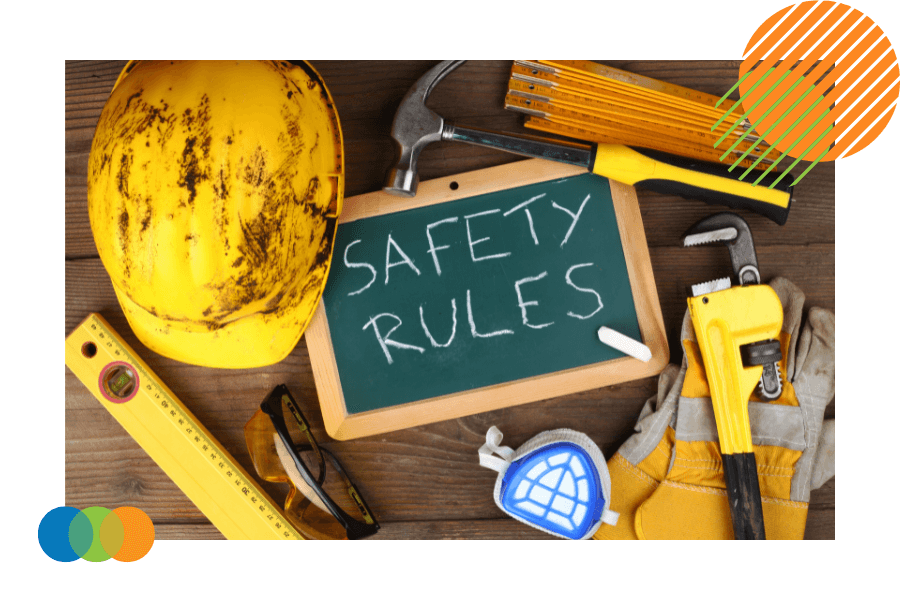 |
Written by Liz McDermott |
Workplace safety is a crucial aspect of organizational management, and it is the responsibility of human resources professionals to ensure the safety of employees. A Job Safety Analysis (JSA) is a practical approach to identify and mitigate potential hazards in the workplace. One critical step in the JSA process is the implementation of control measures to eliminate or reduce the risks associated with specific job tasks.
This article outlines actionable steps HR professionals can follow to develop and implement control measures efficiently in this context. By adopting these steps, organizations can significantly enhance job safety and compliance.

Implement Control Measures
Implementing control measures is a critical step in job safety analysis (JSA), which aims to eliminate or mitigate potential hazards to improve workplace safety. Here are actionable steps to help human resources professionals develop these measures efficiently:
1. Categorization of Control Measures
Control measures are categorized into engineering, administrative, and personal protective equipment (PPE). Engineering controls focus on eliminating hazards through machinery or equipment, administrative controls modify work procedures and policies, and PPE serves as a last line of defense.
2. Application of Control Measures
- Engineering Controls: Implement machinery or modifications to reduce hazard exposure.
- Administrative Controls: Change work procedures, policies, and training to manage the risks associated with the job
- Personal Protective Equipment (PPE): When other controls are insufficient, wear safety gear like gloves, helmets, and masks.
3. Training and Communication
Ensure that all changes, including new job methods or protective measures, are communicated to employees. Training should be conducted to familiarize them with these changes. Utilize narrative-style formats rather than side-by-side formats in JSA worksheets for better instructional clarity.
4. Utilization of JSA Tools
Employ tools such as JSA Instructions, JSA Template, and the OSHA Guide to streamline the creation and implementation of job hazard analyses.
5. Post-Implementation Review
After implementing control measures, reevaluate their effectiveness. This includes checking for unintended impacts on the task or environment and making necessary adjustments. Regularly review and update the JSA to reflect any changes in the workplace or job tasks.
Document all steps taken in the JHA process and ensure compliance with relevant safety regulations. Keep records of training sessions and updates to the JHA for auditing and continuous improvement.
By systematically applying these steps, human resources professionals can effectively implement control measures, significantly enhancing job safety and compliance.
Conclusion
Implementing control measures is essential to ensuring a safe working environment. As an HR professional, you can take the necessary steps to develop and implement these measures to mitigate potential hazards and enhance job safety and compliance. It's crucial to review and document your progress regularly and comply with relevant safety regulations to ensure continuous improvement in the JSA process. Doing so can create a safer and more productive workspace for yourself and your colleagues.
Are you looking for training?
Vubiz offers various safety training courses that can be customized according to organizations' specific requirements. These programs aim to educate employees about potential workplace safety hazards by thoroughly analyzing job hazards and promoting a safer and more secure work environment.
